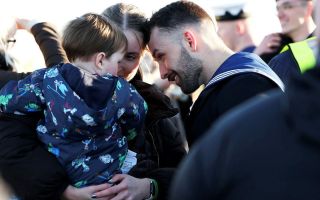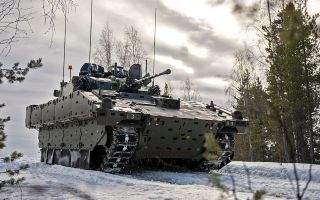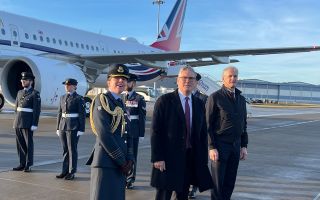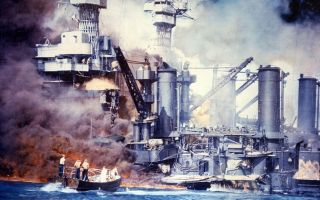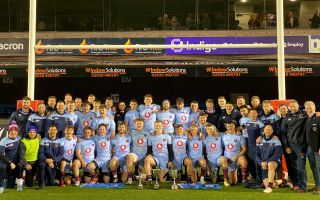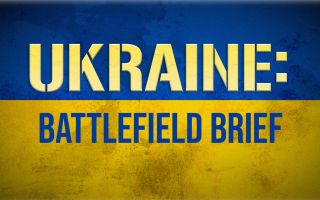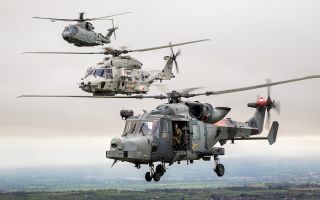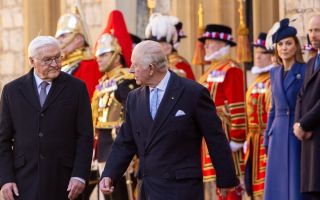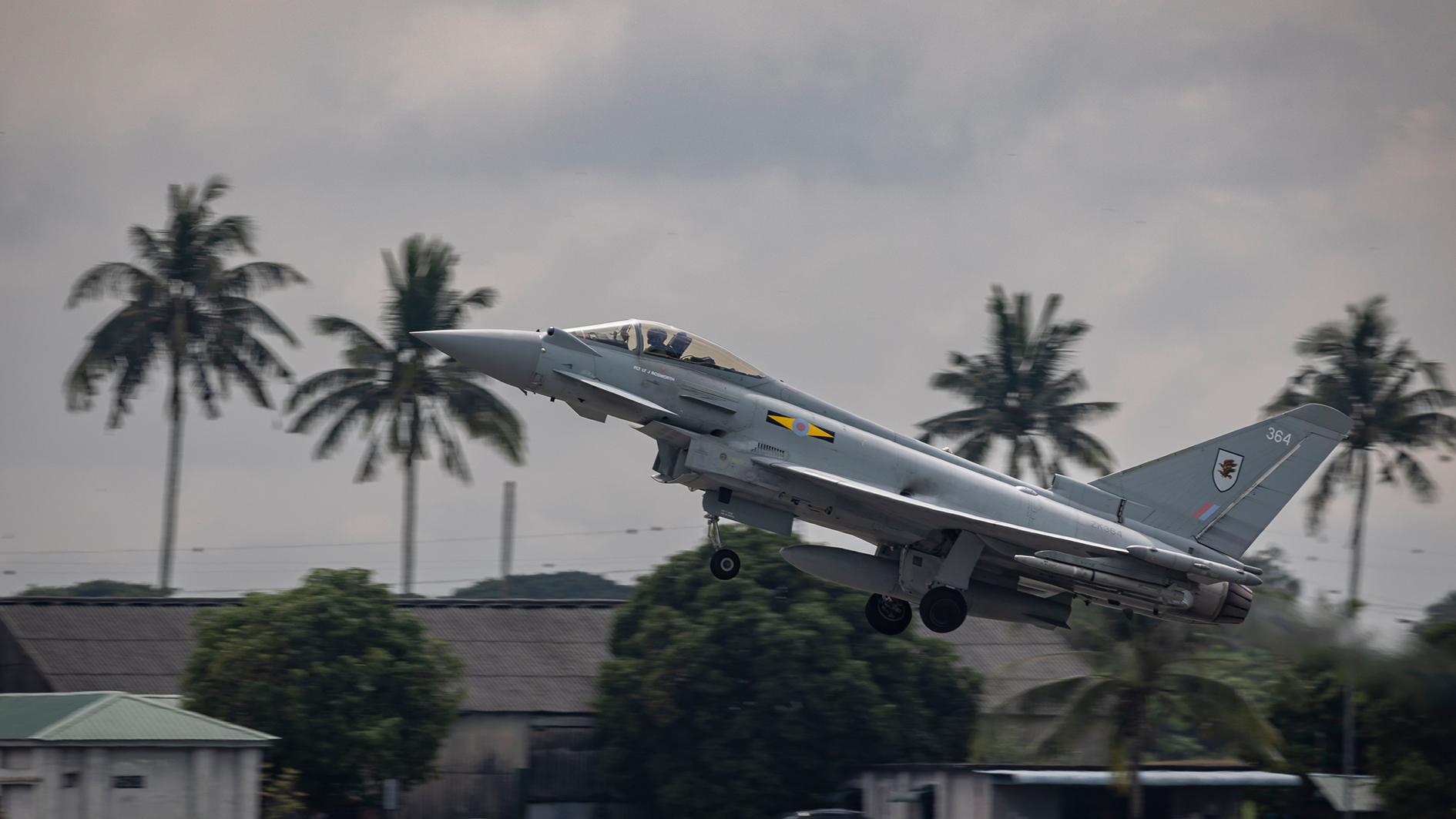
XI Fighter Squadron returns to Malaysia after nearly 80 years

XI Fighter Squadron has made a historic return to Malaysia – the first such mission since 1945 – with Typhoons, this time, instead of Spitfires.
The "world's oldest, dedicated fighter unit" was first deployed to the Malay Peninsula 78 years ago, immediately after the Second World War, with their Spitfires arriving on board HMS Trumpeter.
This tri-service three-week exercise saw the Typhoons in an air defence scenario with partners from Malaysia, Singapore, Australia and New Zealand.
- The Malayan emergency – Britain's Vietnam, except Britain won
- The farmer renting out tanks and missile launchers to make British Army training more realistic
- Old naval tradition revived on HMS Caroline with triple christening
These nations form the Five Powers Defence Arrangements (FPDA), which is a consultative military agreement to help maintain security in the region.
"All UK elements have successfully integrated with our Malaysian, Singaporean, Australian and New Zealander colleagues to ensure the exercise has been a great success," Wing Commander Robertson
RAF Detachment Commander said.
The squadron's Typhoons flew nearly 7,000 miles from the UK to Malaysia with support from a Voyager aircraft which provided air-to-air refuelling and transported the support team.
Operating fighter jets so far from their home base presents several challenges which were exacerbated by the region's tropical weather conditions such as thunderclouds, monsoons, and haze, but the unfamiliar climate provided valuable training opportunities for the RAF personnel.
The Typhoons conducted a broad range of training missions, including air combat training against aircraft such as F/A-18 Super Hornets and Russian-designed SU30 MKM Flankers.
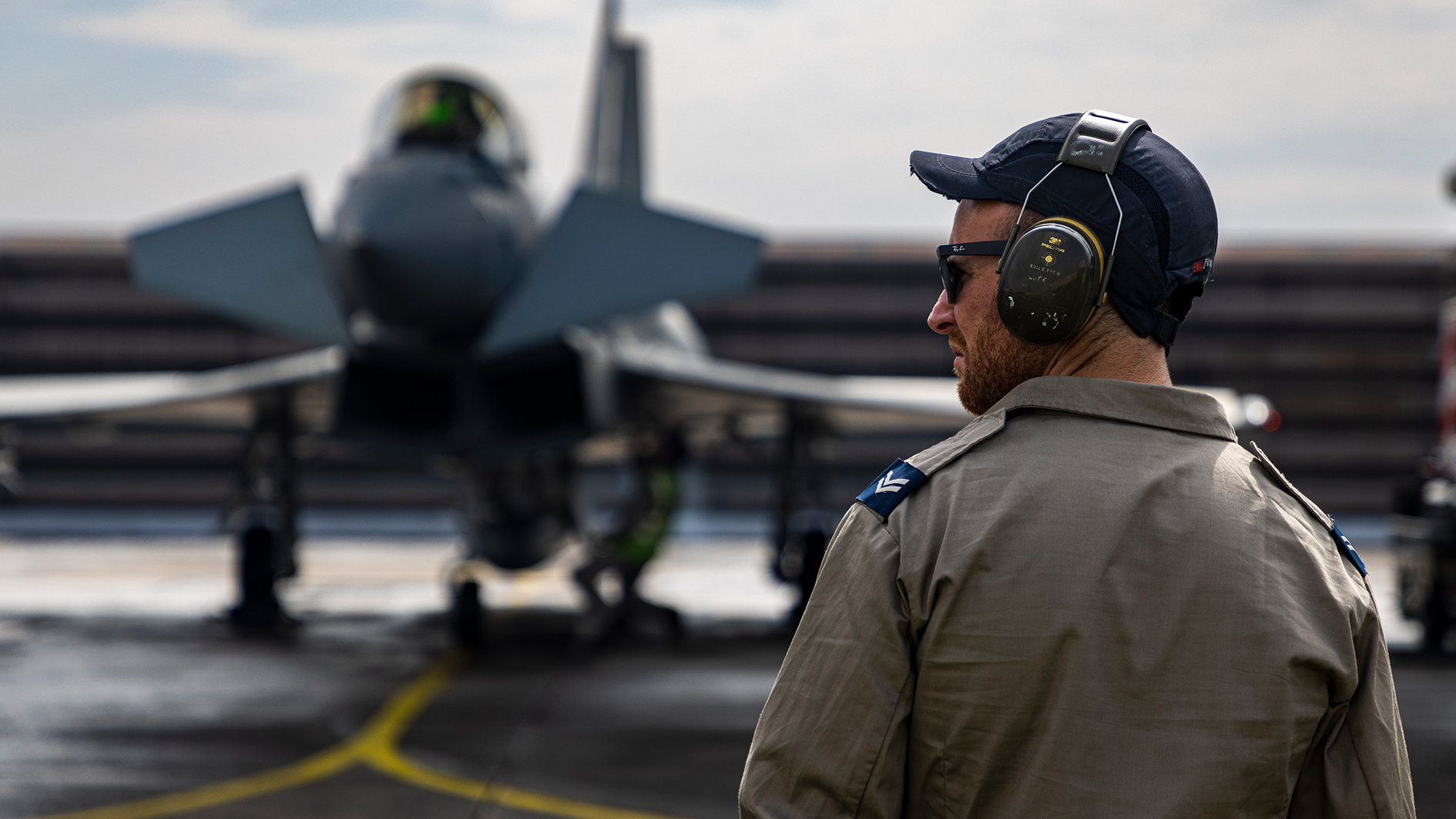
Meanwhile, on land, a platoon from the Coldstream Guards platoon engaged in jungle warfare training with the Malaysian Army which included handling venomous snakes.
A team of Royal Marines and Royal Navy personnel from 148 (Meiktila) Commando Forward Observation Battery conducted boat insertion training and naval gunfire support alongside Australian and Malaysian forces.
This meant carrying out a tactical beach landing on the Malaysian island of Pulau Aur, where they established an observation post and co-ordinated naval gunfire support from five different ships.

